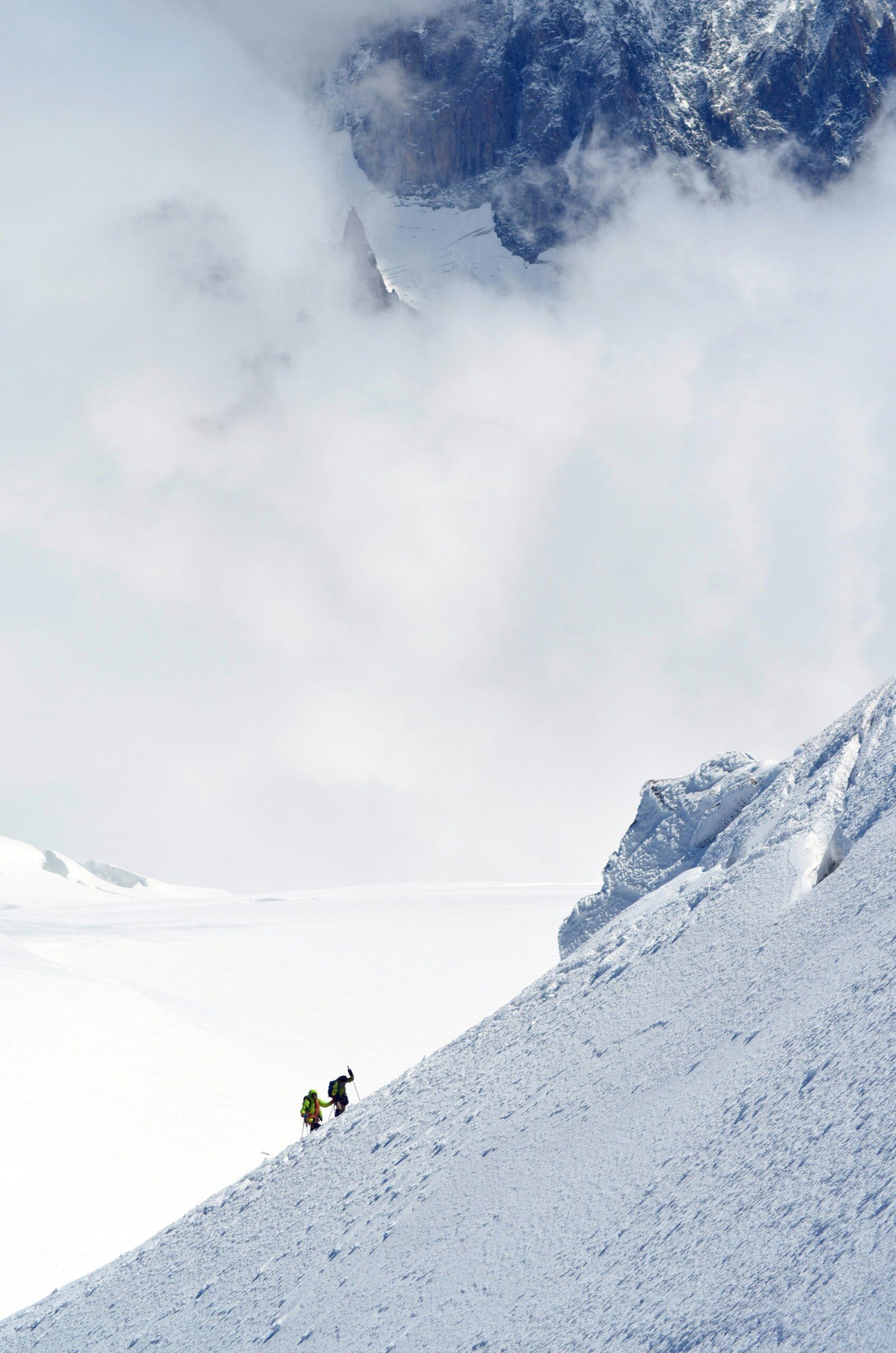Background
The Eiger, standing tall at 3,967 meters in the Bernese Alps of Switzerland, had long been a formidable challenge for mountaineers. Its North Face, also known as the ‘Mordwand’ or ‘Murder Wall’, was particularly notorious for its sheer difficulty and dangerous conditions. Many attempts had been made throughout the early 20th century to conquer this treacherous route, but it wasn’t until August 24, 1938, that success was achieved.
What Happened
On this historic day, a German-Austrian team consisting of Anderl Heckmair, Ludwig Vörg, Heinrich Harrer, and Fritz Kasparek accomplished the first ascent of the Eiger’s North Face. Their journey was marked by extreme challenges, including steep rock faces, unpredictable weather, and life-threatening avalanches. The climbers endured grueling conditions before reaching the summit, forever etching their names in mountaineering history.
Future Impact
The successful ascent of the North Face of the Eiger had a profound impact on the climbing community. It set a new benchmark for alpine climbing and paved the way for future expeditions to tackle other formidable peaks. The achievement also inspired advancements in climbing techniques and gear, leading to greater safety and efficiency in the sport. The legacy of Heckmair, Vörg, Harrer, and Kasparek continues to inspire contemporary climbers to push the limits of what is possible.

